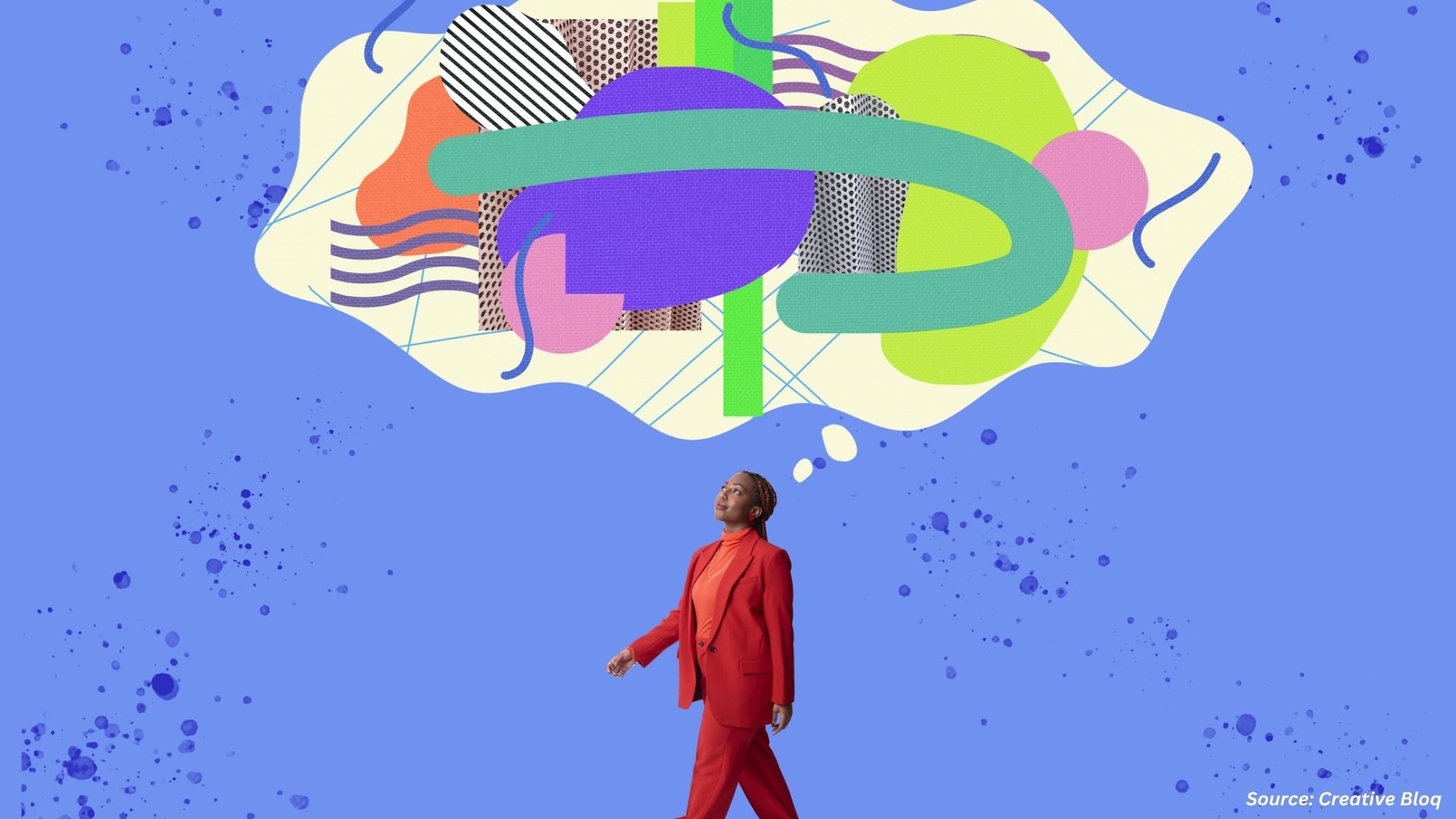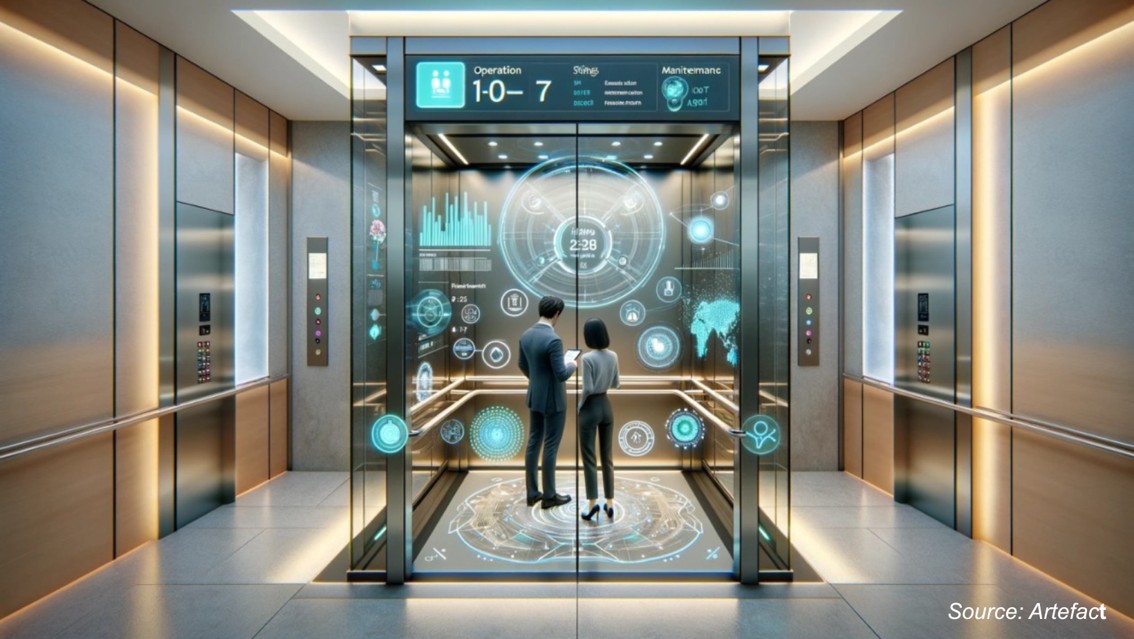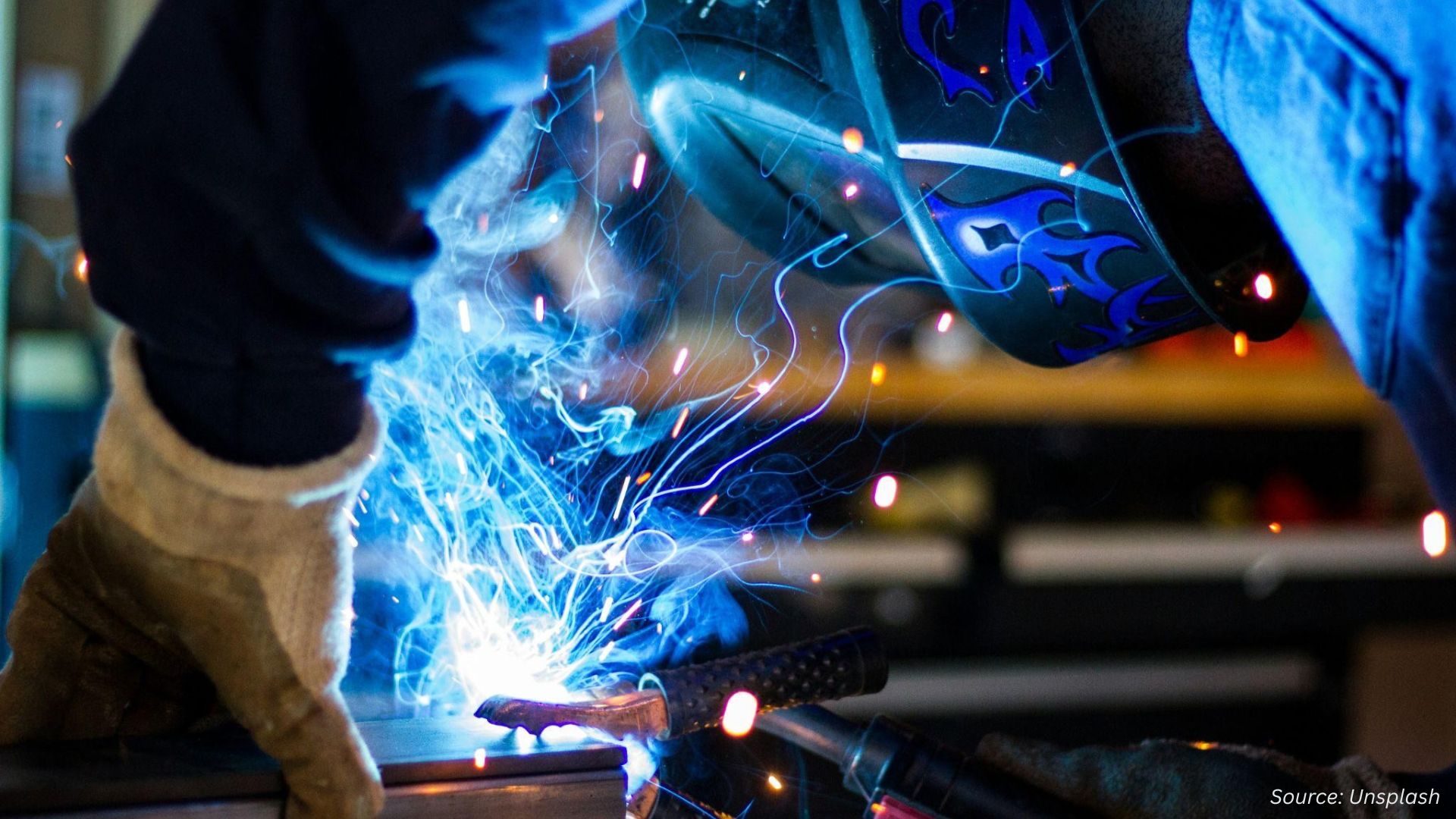Graphic Design Trends: What's Hot in 2025 & Beyond
Published: 2025-09-15

Introduction
Embark on an intriguing journey through the world of graphic design, where we delve into the shift from traditional brush techniques to the precise pixels of technology. At Next Move Strategy Consulting, we explore emerging trends, shedding light on the harmonious blend of artistic traditions and state-of-the-art technology. This exploration highlights the constantly evolving nature of design, where creativity and innovation seamlessly converge to shape the contemporary graphic design landscape.
Future Trends in Graphic Designing
Immersive and 3D Design
As technology advances, graphic designers have increased accessibility to 3D design tools, ushering in a new era of creative possibilities. The integration of 3D elements into graphic design not only elevates the visual attractiveness of projects but also introduces depth and realism, elevating the overall interactive experience. Whether applied to 3D typography or incorporated into dynamic animations, this emerging trend is poised to redefine the landscape of graphic design, offering designers innovative avenues to captivate audiences and bring their creative visions to life.
Augmented Reality (AR)
Augmented Reality (AR) is making profound inroads into the field of graphic design, revolutionizing the way designers conceive and present their work. This transformative technology introduces a dynamic dimension to graphic design, departing from static visuals to create immersive and interactive experiences. AR empowers designers to craft content beyond conventional boundaries, engaging users in novel and impactful ways. Whether through the integration of AR filters on social media platforms to enable real-time interaction with designs or the development of dedicated AR apps, designers now have a toolkit that blurs the lines between the virtual and physical realms.
This paradigm shift allows for spatially aware and contextually responsive designs, fostering a more dynamic and participatory user experience. As AR continues to evolve, its growing adoption in graphic design reflects a shift toward more experiential and interactive design approaches, offering users not just visual content but dynamic, engaging, and memorable interactions. The future of graphic design is increasingly shaped by the seamless integration of AR technology, promising innovative and captivating visual experiences.
Minimalism and Simplicity
The first notable trend in graphic design is the emphasis on minimalism and simplicity. This design approach advocates for using clean lines, essential elements, and a focus on core concepts. The minimalist graphic design aims to convey messages in the most straightforward and uncluttered manner, stripping away excess elements to achieve simplicity and visual clarity. This trend aligns with the modern preference for clean aesthetics, allowing for more impactful and easily digestible visual communication than before.
Typography Evolution
The evolution of typography in graphic design represents a dynamic shift in how designers approach and utilize text. Beyond the traditional confines of standard fonts, contemporary graphic design trends explore various creative and expressive options in typography. Designers are delving into diverse typefaces, experimenting with custom fonts, and adopting innovative layouts to infuse a distinctive visual identity into their work.
Custom lettering, playful arrangements, and the integration of typography with other design elements have become prevalent. The exploration of unconventional letterforms and experimental compositions allows designers to communicate through words and the visual impact of the text itself. This trend goes beyond mere functionality and readability, emphasizing the artistic and aesthetic dimensions of typography.
Motion Graphics
There is a growing demand for dynamic and animated content, prompting graphic designers to shift their focus toward creating motion graphics. This trend is particularly prominent in websites, social media, and digital platforms. The objective is to captivate the audience's attention and convey more engaging and visually stimulating narratives than before. As technology advances and user preferences evolve, the integration of motion graphics has become a powerful tool for designers to bring a sense of dynamism and interactivity to their creations. Whether through subtle animations or more intricate visual storytelling, the incorporation of motion graphics allows designers to enhance the overall user experience and adapt to the changing landscape of digital content consumption.
Data Visualization
In an era where the significance of data is continually on the rise, graphic designers are poised to assume a crucial role in crafting impactful data visualizations. The art of transforming intricate datasets into visually appealing and easily comprehensible graphics is becoming an increasingly sought-after skill. As the demand for clear and engaging representations of complex data intensifies across diverse sectors, from business reports to media presentations, designers with the ability to seamlessly merge aesthetics with data-driven storytelling are expected to be in high demand.
This skill enhances effective communication and facilitates the interpretation of information in a visually saturated digital landscape. One of the major graphic design companies, Canva, integrated interactive data visualization charts directly into its editor. With captivating chart types, including hierarchical tree maps and packed circle charts, Canva enhanced its creative toolkit and reinforced its commitment to staying at the forefront of graphic design innovation in the data-driven world.
Sustainable Design
As environmental considerations take center stage, graphic designers are poised to shift their focus toward crafting sustainable and eco-friendly designs. This shift involves incorporating recycled materials into their work, adopting energy-efficient design processes, and infusing messaging that advocates for environmental awareness. The growing emphasis on sustainability aligns with global environmental concerns and reflects a broader societal shift toward eco-conscious practices. Graphic designers are anticipated to be crucial in promoting sustainability messages, fostering a visual language that resonates with audiences, and encouraging environmentally responsible practices. This emerging trend emphasizes the capacity of graphic design to play a meaningful role in fostering a more sustainable and environmentally conscious future.
Artificial Intelligence (AI)
The integration of artificial intelligence (AI) into graphic design marks a transformative phase in the industry. AI technologies, ranging from machine learning algorithms to neural networks, increasingly influence and enhance the creative process. Design software with AI capabilities can analyze user preferences, predict design trends, and generate design elements autonomously. This expedites the design workflow and opens up new possibilities for innovation. AI-driven tools can assist graphic designers in automating repetitive tasks, suggesting design elements, and refining creative outputs. Additionally, AI plays a role in personalizing design experiences by understanding user behavior and tailoring visuals accordingly. As the field continues to evolve, the synergy between AI and graphic design is poised to redefine creativity, efficiency, and the overall landscape of visual communication.
Multiple companies are currently engaged in the creation of AI-driven graphic design software. Among them, Adobe, a prominent player in the graphic design software industry, introduced Adobe Firefly to the public. Previously in beta testing, this software is now accessible to all users. Adobe Firefly is an innovative AI-powered tool designed to assist graphic designers in generating images based on text prompts. Additionally, it enables the conversion of 3D objects into images and can apply effects to text. This advancement indicates a notable progression in leveraging artificial intelligence to enhance and streamline the graphic design process.
Conclusion
The future of graphic design looks bright and exciting. As technology advances, it will provide designers with new tools and mediums to explore. At the same time, human creativity and emotion in design will remain paramount. After all, the ultimate goal of design is to evoke emotions and communicate messages effectively. In conclusion, from brush strokes to pixels, the journey of graphic design has been a testament to human creativity and innovation. As we look forward to the future, seeing how emerging trends shape the graphic design landscape will be fascinating.
About the Author
 Arjun Chetry is an accomplished researcher and writer with a history of more than three years of conducting thorough research. With a professional background as a market analyst, he has a keen eye for analyzing industry trends and understanding consumer behavior. His dedication to exploring diverse subjects and conducting in-depth analyses has equipped him with a deep understanding of research intricacies. He remains committed to staying up-to-date with the latest market trends and recognizing their impact on both business and society. His well-rounded interests and experiences contribute to his ability to offer insights and perspectives on a wide range of topics.
Arjun Chetry is an accomplished researcher and writer with a history of more than three years of conducting thorough research. With a professional background as a market analyst, he has a keen eye for analyzing industry trends and understanding consumer behavior. His dedication to exploring diverse subjects and conducting in-depth analyses has equipped him with a deep understanding of research intricacies. He remains committed to staying up-to-date with the latest market trends and recognizing their impact on both business and society. His well-rounded interests and experiences contribute to his ability to offer insights and perspectives on a wide range of topics.
About the Reviewer
 Sanyukta Deb is a seasoned Content Writer and Team Leader in Digital Marketing, known for her expertise in crafting online visibility strategies and navigating the dynamic digital landscape. With a flair for developing data-driven campaigns and producing compelling, audience-focused content, she helps brands elevate their presence and deepen user engagement. Beyond her professional endeavors, Sanyukta finds inspiration in creative projects and design pursuits.
Sanyukta Deb is a seasoned Content Writer and Team Leader in Digital Marketing, known for her expertise in crafting online visibility strategies and navigating the dynamic digital landscape. With a flair for developing data-driven campaigns and producing compelling, audience-focused content, she helps brands elevate their presence and deepen user engagement. Beyond her professional endeavors, Sanyukta finds inspiration in creative projects and design pursuits.
















Add Comment